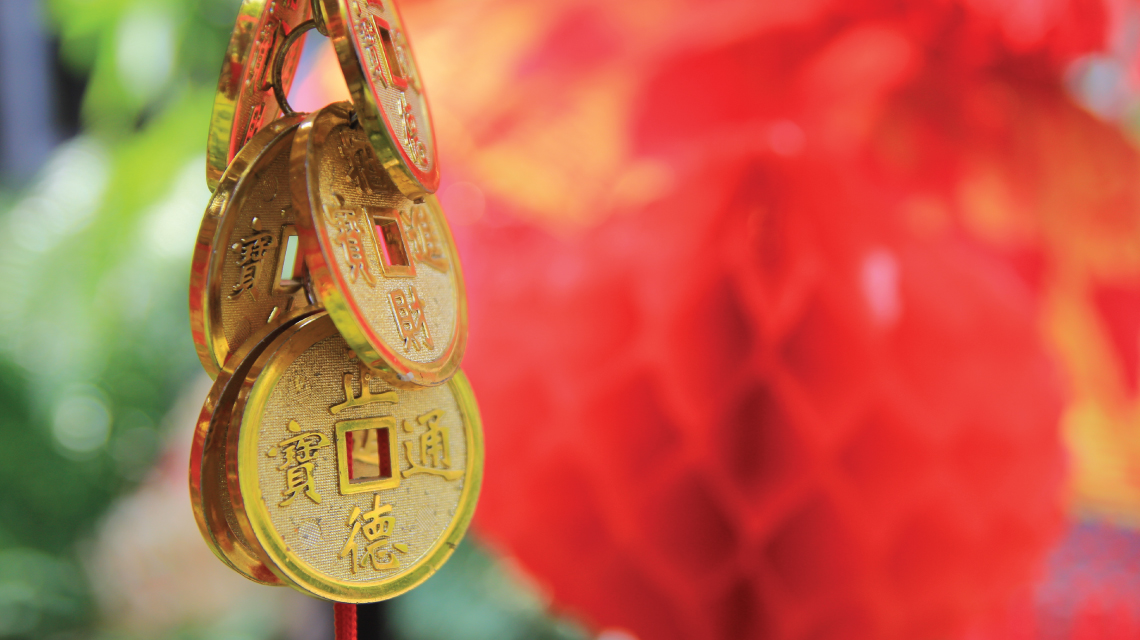The folklore, the fun, and the fantastic of Chinese New Year
The best thing about a diverse country like Indonesia is that by having different cultures and backgrounds in one nation, one also gets to experience varied kinds of celebration and festivity. Do you think we only have one New Year soiree for every (solar calendar) year? Um, no, try again. Other than the usual New Year celebration that the rest of the world also has on the evening of December 31, we also have the Islamic New Year, and even the Javanese New Year (known as satu sura). However, those two are another story for another time, as we’re now preparing ourselves for one of the most festive days of the year: the Chinese New Year (also more popularly known as Imlek)!
Despite the fact that Chinese descents and culture have been part of Indonesian culture for hundreds of years, Imlek has only been adopted as the national holiday in 2002. No worries, as when it comes to merriment, we catch up fast! Aside from the festivities, Imlek also brings many stories about its origins – even the customs sometimes vary from one place to another. Here are some things about Imlek that you should know:
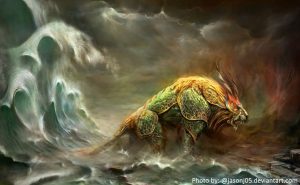
The Legendary Monster
In China, Imlek is known as Guo Nian, which can translate to “conquering Nian”. The Chinese character 年(Nian) itself can mean both “year” or a monster called Nian. See this monster Nian is a mythical creature in ancient China that lived deep in the sea, and only came out once a year on New Year’s Eve to devour anything or anyone it set its eyes on. Terrified of this, everyone would relocate to the most secluded corners on the mountains, except for one old man. He discovered that the way to scare Nian away is by pasting red papers on the doors of the houses, burning bamboo to make crackling noise, lighting candles, and wearing red attributes. The monster did go away, and as you can probably tell, the things that the man did have become widespread customs for Chinese New Year. As for the burning bamboos, these days people replace burning bamboo with something more fun: fireworks and firecrackers.
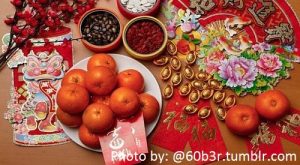
15 Days of Party
Even in China, the history of Chinese New Year comes in so many versions. Add to that the regional customs and elements in Indonesia, and you get an even more elaborate tale. One thing for sure though, Imlek is all about having a good rest after a year of hard work, celebrating and wishing for prosperity. This might have stemmed from the story in which Chinese New Year is a way to welcome spring, as it’s also known as the spring festival. And when we’re talking about the spring festival, you should know that the celebration takes more than just a day! Known as the Cap Go Meh in Indonesia, the commemoration actually starts on the 30th day of the 12th month in the Chinese calendar, and lasts all the way till the 15th day of the first month. Foodies might have guessed by now that the dish Lontong Cap Go Meh was originated from this celebration.
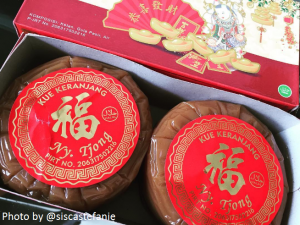
The Feast of the Festival
While Lontong Cap Go Meh is deliciously hearty, there are still many signature foods that are closely associated with Imlek. Even more interestingly, there are many beliefs related to the foods that result in interesting and unique traditions. The mandatory Nian Gao or the Chinese New Year glutinous cake (known as Kue Keranjang in Indonesia) is considered as an offering for the spirits of the ancestors, and hoped to ignite a prosper year ahead. Tangerines and oranges are also often found during the celebration, that’s because the word “tangerines” sounds like the word “luck” in Chinese, and the same goes to “orange” and “wealth”. Meanwhile it’s considered a taboo to eat porridge during Chinese New Year, because the dish symbolises poverty (poor porridge! Pun intended). If you’re serving fish, you can’t flip the fish to scrape the meat off, and you should leave a leftover to be eaten the next day – this somehow represents the continuity of wealth. The most fun food custom is the Yusheng or Yee Sang tossing. Yusheng dish usually comprises shredded vegetables and strips of raw fish (usually salmon) – that represents abundance. Instead of mixing it regularly like you would to a bowl of salad, diners have to stand up and toss the shredded vegetables and fish into the air while saying good wishes. The higher you toss, the more wealth to expect.
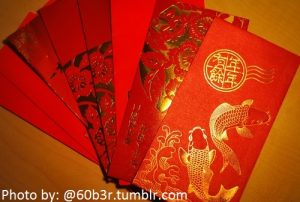
Ang Pao
Of course celebrating prosperity wouldn’t be complete without some moolah being passed around! The most awaited part of Imlek might just be the Ang Pao – a monetary gift given in a red envelope. Just like the other aspects of Imlek, Ang Pao also has a folklore-ish background story. This time it’s about a demon named Sui who brought terrors to children while they were asleep. To avoid this, parents used to light candles and stay up all night to keep the kids safe. The children needed to stay awake too, so the parents gave eight coins and a red paper to play with – they would wrap the coins with the paper, unwrap it, and do it all over again. It is said that the eight coins and the red paper repelled Sui away. That’s why these days Ang Pao are distributed for the young-lings in the family – it’s a way to keep children safe and bring good luck. Now, if only us adults can get one too!
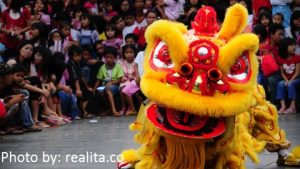
The Lion and the Dragon
In many festivals or celebrations in the Chinese culture, one can expect to see a lion dance or a dragon dance (two completely different things, and not be confused with one another). In Indonesia, however, both dances are often referred to as the Barongsai dance. The lion dance usually only takes two persons who wear an elaborate lion costume, while the dragon dance requires more people to lift and move the sticks that control the long, intricate “dragon”. Debate about the differences all you want, but one thing for sure: both lion and dragon dances are colourful, cacophonous, and just downright cool!
Each city in Indonesia usually has its own version of Chinese New Year celebration, including Bali. And with so many activities and promotions offered during the holiday, Imlek can be one experience to remember. So with all the Imlek delights laid on the table, how are you going to spend this Chinese New Year weekend?
ABOUT THE WRITER

Runi Indrani
Runi gave up her urban rush in 2012 when she left Jakarta for Bali. Goodbye hours spent in traffic, hello working from the beach with a glass of cocktail in one hand. One thing for sure though, no city can stop her from writing; starting from writing for HighEnd magazine in Jakarta, to hellobali magazine, and now Exquisite Media in Bali — she loves words, she just hates saying them out loud.

